
Egon Eiermann was one of Germany's most prominent architects in the second half of the 20th century. He was also a furniture designer. From 1947, he was Professor for architecture at the Technical University of Karlsruhe.

Friedrich David Gilly was a German architect and the son of the architect David Gilly. His works are influenced by revolutionary architecture (Revolutionsarchitektur). Born in Altdamm, Pomerania,, Gilly was known as a prodigy and the teacher of the young Karl Friedrich Schinkel.
Oswald Mathias Ungers was a German architect and architectural theorist, known for his rationalist designs and the use of cubic forms. Among his notable projects are museums in Frankfurt, Hamburg and Cologne.

The Gemäldegalerie is an art museum in Berlin, Germany, and the museum where the main selection of paintings belonging to the Berlin State Museums is displayed. It was first opened in 1830, and the current building was completed in 1998. It is located in the Kulturforum museum district west of Potsdamer Platz.

Romano Guardini was an Italian, naturalized German Catholic priest, philosopher and theologian.

The Kulturforum is a collection of cultural buildings in Berlin. It was built up in the 1950s and 1960s at the edge of West Berlin, south of the Tiergarten, after most of the once unified city's cultural assets had been lost behind the Berlin Wall. The Kulturforum is characterized by its innovative modernist architecture; several buildings are distinguished by the organic designs of Hans Scharoun, and the Neue Nationalgalerie was designed by Mies van der Rohe. Today, the Kulturforum lies immediately to the west of the redeveloped commercial node of Potsdamer Platz.
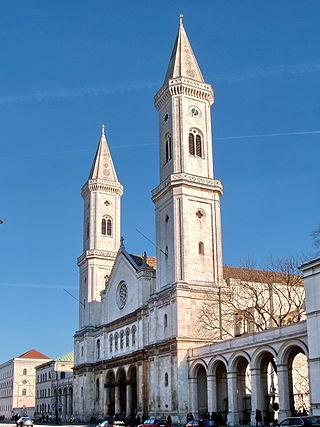
The Catholic Parish and University Church St. Louis, called Ludwigskirche, in Munich is a monumental church in Neo-Romanesque style with the second-largest altar fresco of the world. The building, with its round arches called the Rundbogenstil, strongly influenced other church architecture, train stations and synagogues in both Germany and the United States.

The Shopping mall Fünf Höfe in the center of Munich was created from 1998 to 2003 after the coring of a HypoVereinsbank building complex. In 2004, the Fünf Höfe was sold to DIFA and since then the official name has been CityQuartier Fünf Höfe.
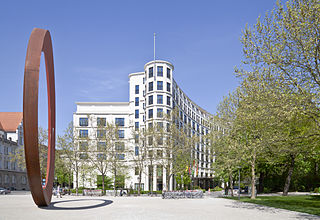
The Charles Hotel is a grand hotel located at Sophienstrasse 28 in Maxvorstadt, Munich, Bavaria, Germany. It was built in 2007 at the old botanical garden near the main train station.
Ludwig Heinrich Heydenreich was a German art historian specialized in Italian Renaissance art. From 1947 to 1970, he served as director of the Zentralinstitut für Kunstgeschichte, Munich.

Sep Ruf was a German architect and designer strongly associated with the Bauhaus group. He was one of the representatives of modern architecture in Germany after World War II. His elegant buildings received high credits in Germany and Europe and his German pavilion of the Expo 58 in Brussels, built together with Egon Eiermann, achieved worldwide recognition. He attended the Interbau 1957 in Berlin-Hansaviertel and was one of the three architects who had the top secret order to create the governmental buildings in the new capital city of the Federal Republic of Germany, Bonn. His best known building was the residence for the Federal Chancellor of the Federal Republic of Germany, built for Ludwig Erhard, the so-called Chancellor's Bungalow.

Carl Moritz was a German architect and real-estate entrepreneur. Based in Cologne, he built the Cologne Opera House of 1902, and various banks, theatres and churches in Germany. Some of his buildings were destroyed during the last two years of his life in World War II.
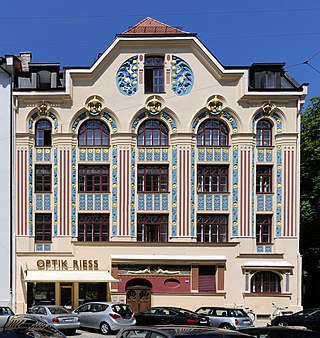
Ernst Haiger was a German architect.
Allmann Sattler Wappner Architekten is a German architecture firm based in Munich. Established in 1987, it has existed in its current form since 1993. In 1997, Allmann Sattler Wappner Architekten received the German Architecture Award. Among many other buildings they had designed the Dornier Museum in Friedrichshafen, the Herz Jesu Church and the Haus der Gegenwart in Munich. According to the firm they currently employ 100 members of staff.
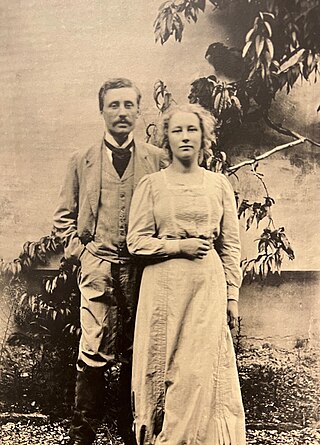
Carl Sattler was a German architect and university lecturer.
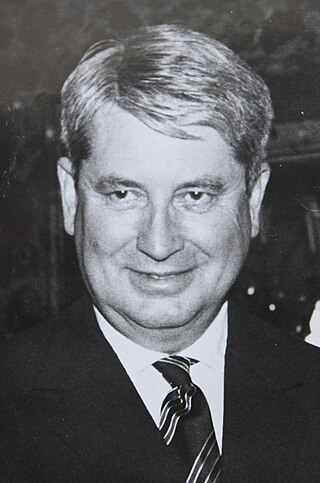
Dietler Sattler was a German architect who became involved in politics, especially with respect to culture, the arts and foreign policy. Between 1966 and 1968 he served as the West German ambassador to the Holy See.

Gerhard Weber was a German architect and lecturer. Weber was a student of Mies van der Rohe and is associated with the Bauhaus school.
Raymund Brachmann was a German architect, who created several highly regarded buildings of Jugendstil and reform architecture in Leipzig between 1900 and the First World War.
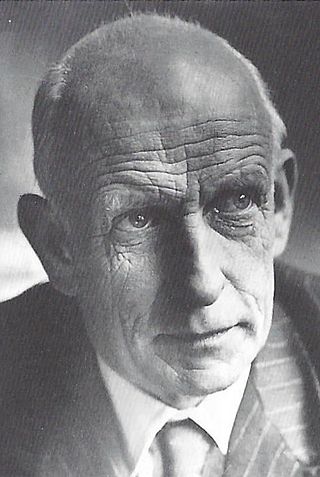
Ernst Emil Max Gall was a German art historian and historic preservationist.

Hyacinth Holland was a German art and literature historian.



















